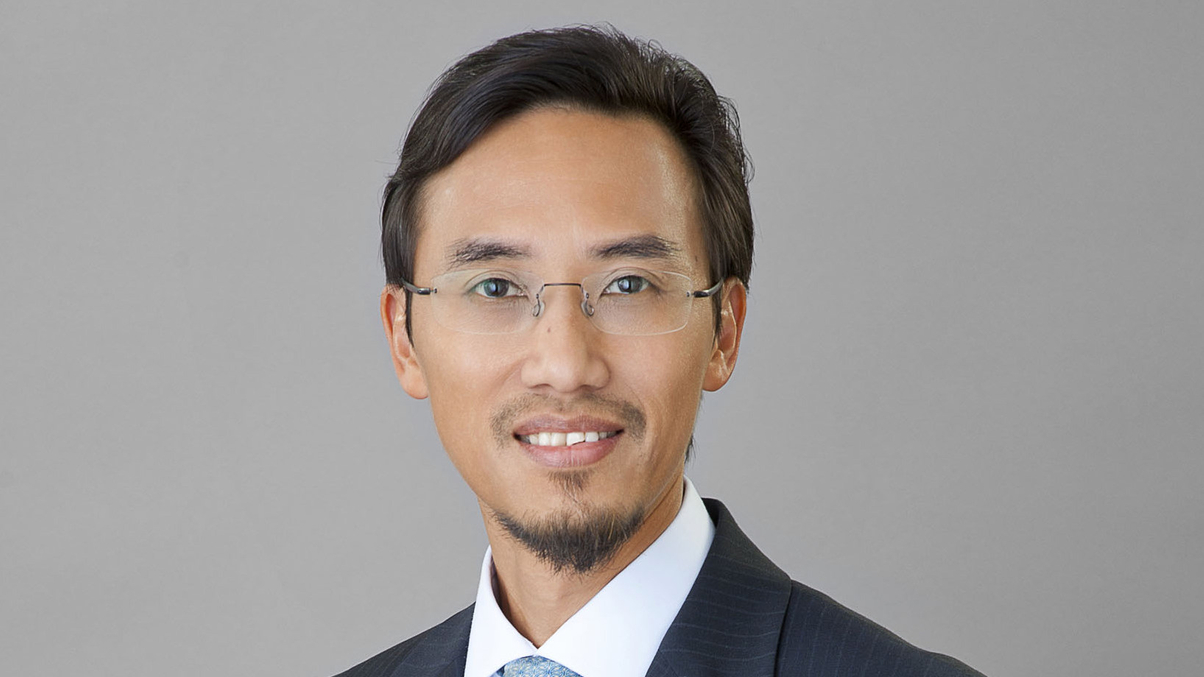Fidelity relaunches open funds platform for retail
The UK house has remodelled its offering for mass-affluent customers in Taiwan and Hong Kong and may look to expand the platform once it is fully up and running.

Regulatory change, investor uncertainty and the ease of using new technology for distribution are the key drivers behind Fidelity Worldwide Investment building an open funds platform for retail clients.
Sign in to read on!
Registered users get 2 free articles in 30 days.
Subscribers have full unlimited access to AsianInvestor
Not signed up? New users get 2 free articles per month, plus a 7-day unlimited free trial.
¬ Haymarket Media Limited. All rights reserved.


